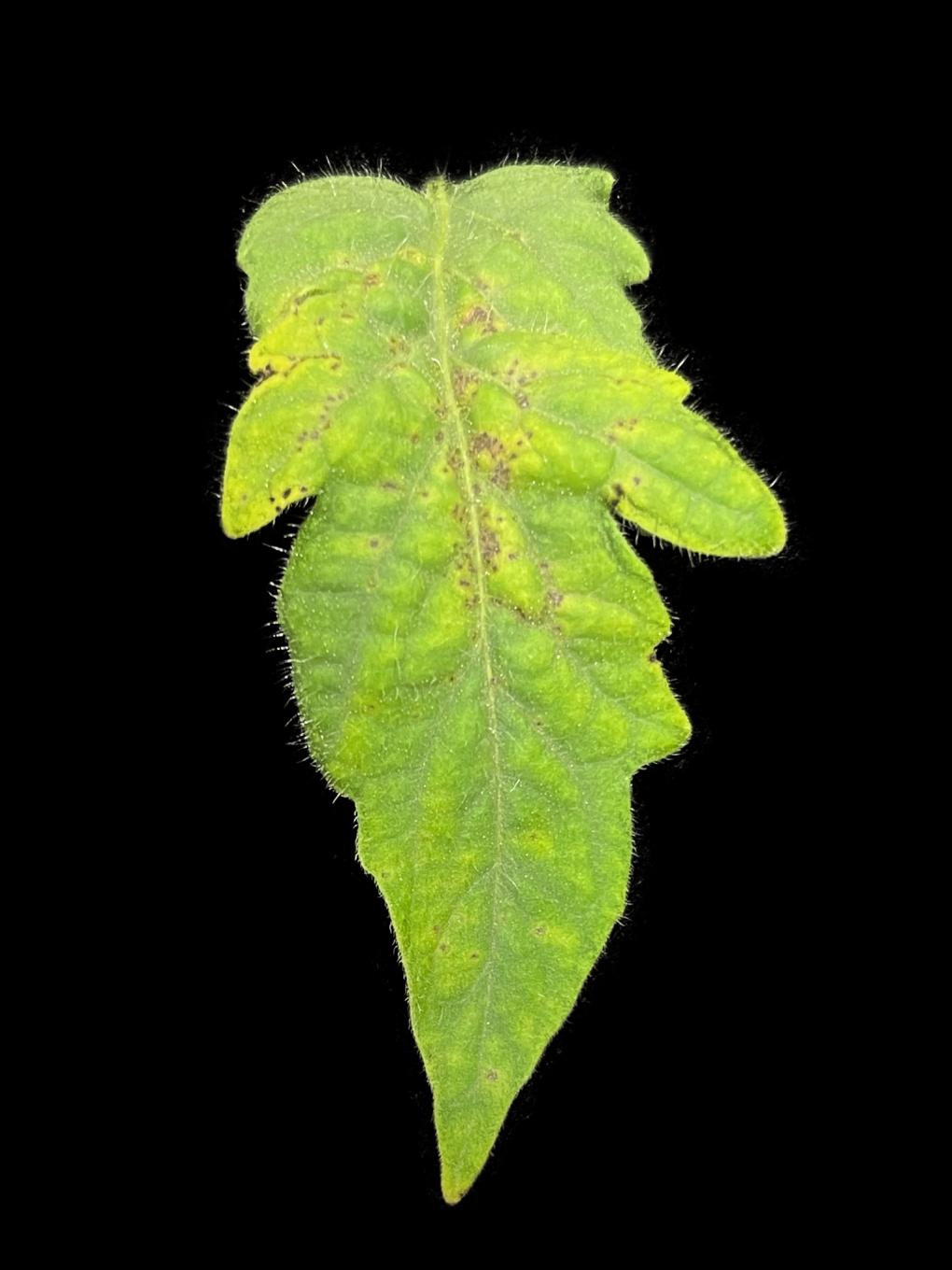気候変動から植物を守るための発見 Discovery could protect plants from climate change
2022-07-12 カリフォルニア大学リバーサイド校(UCR)
研究者らは、シロイヌナズナというモデル植物を研究対象としたが、この植物の細胞におけるストレス応答に関する理解を、食用植物を含む他の多くの種類の植物に応用することが期待されている。
環境ストレスは、すべての生物に活性酸素を発生させます。晴れた日に日焼け止めを塗らずにいると、人間の皮膚は活性酸素を発生させ、シミやそばかすの原因となる。植物に活性酸素が大量に発生すると、死に至る。
研究チームは、熱、降り注ぐ太陽、干ばつによって、植物細胞の糖製造装置がMEcPPと呼ばれる初期警報分子を発生させることを発見した。
植物にMEcPPが蓄積されると、サリチル酸が生成され、それが細胞を保護する一連の作用を開始する。
<関連情報>
- https://news.ucr.edu/articles/2022/07/12/how-stressed-out-plants-produce-their-own-aspirin
- https://www.science.org/doi/full/10.1126/sciadv.abo0724
逆行性シグナルと推定メタロプロテアーゼの相互作用によるプラスティドの代謝・構造状態の再構築 Reciprocity between a retrograde signal and a putative metalloprotease reconfigures plastidial metabolic and structural states
Jin-Zheng Wang,Wilhelmina van de Ven,Yanmei Xiao ,Xiang He,Haiyan Ke,Panyu Yang,Katayoon Dehesh
Science Advances Published:3 Jun 2022
DOI: 10.1126/sciadv.abo0724

Abstract
Reconfiguration of the plastidial proteome in response to environmental cues is central to tailoring adaptive responses. To define the underlying mechanisms and consequences of these reconfigurations, we performed a suppressor screen, using a mutant (ceh1) accumulating high levels of a plastidial retrograde signaling metabolite, MEcPP. We isolated a revertant partially suppressing the dwarf stature and high salicylic acid of ceh1 and identified the mutation in a putative plastidial metalloprotease (VIR3). Biochemical analyses showed increased VIR3 levels in ceh1, accompanied by reduced abundance of VIR3-target enzymes, ascorbate peroxidase, and glyceraldehyde 3-phophate dehydrogenase B. These proteomic shifts elicited increased H2O2, salicylic acid, and MEcPP levels, as well as stromule formation. High light recapitulated VIR3-associated reconfiguration of plastidial metabolic and structural states. These results establish a link between a plastidial stress-inducible retrograde signaling metabolite and a putative metalloprotease and reveal how the reciprocity between the two components modulates plastidial metabolic and structural states, shaping adaptive responses.


